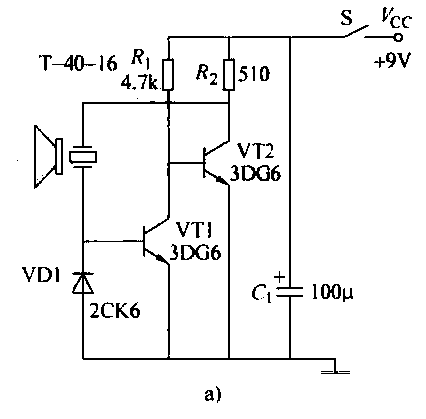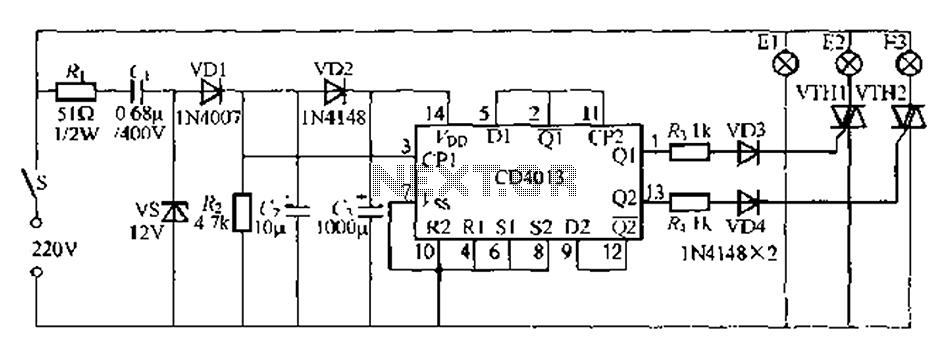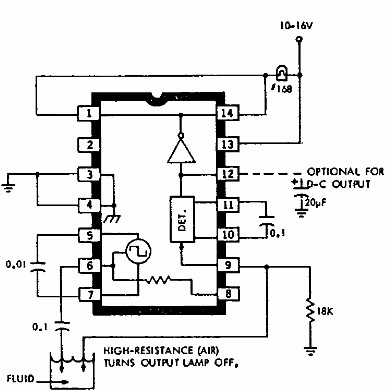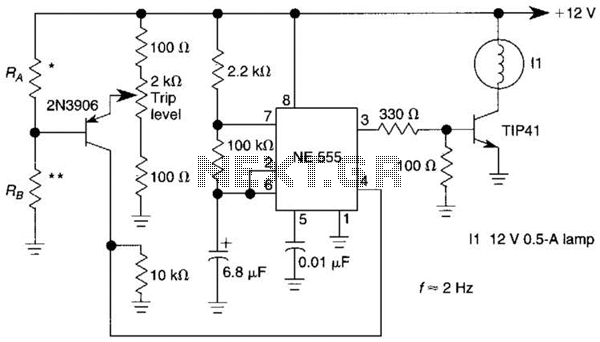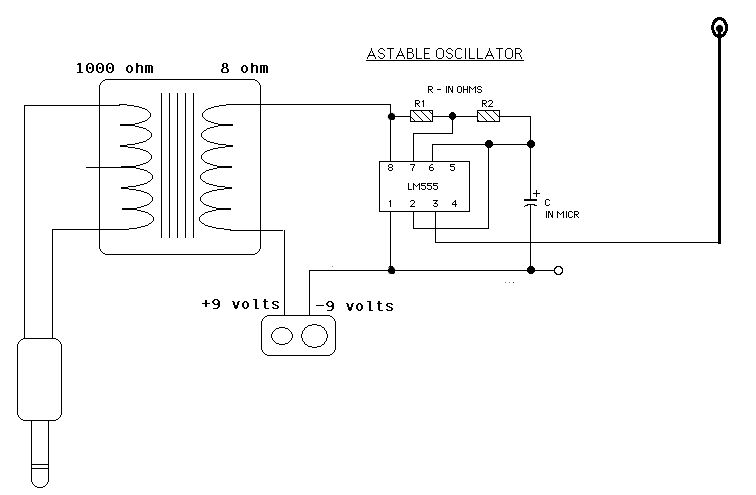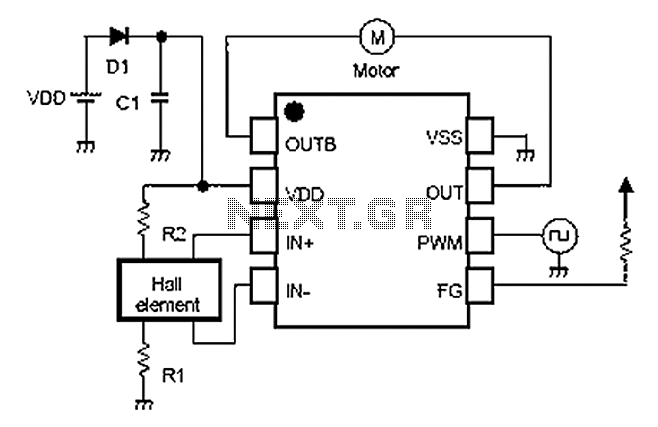
Ups 5Volt Circuit
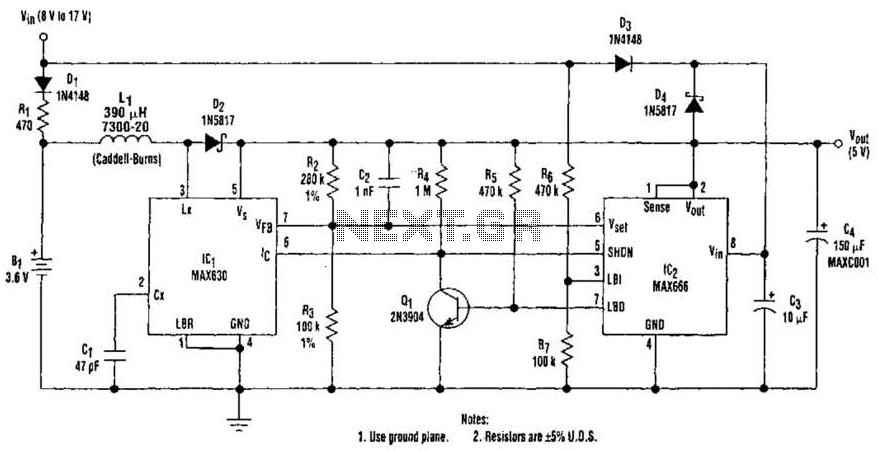
A 9-V wall adapter supplies Vm. IC2 contains a low-battery detector circuit that senses l7IN through resistors R6 and R7. The detector output at pin 7 drives an inverter (Q1), which in turn controls the shutdown inputs of IC1 and IC2. These inputs have opposite-polarity active levels. The common feedback resistors, R2 and R3, allow both regulators to monitor the output voltage, V0VT. When IC2 shuts down, its output turns off. However, when IC1 shuts down, the entire chip enters a low-power state and consumes less than 1 mA. Components LI, D2, Q1, C2, R2, and R3 are part of the 250-mW switching regulator. Diodes D3 and D4 wire-OR the power connection to IC2, and Q3 enhances the load regulation of the linear regulator.
The circuit described operates as a dual-regulator system powered by a 9-V wall adapter. The primary function of the low-battery detector circuit integrated into IC2 is to monitor the input voltage (l7IN) using resistors R6 and R7. When the battery voltage falls below a predetermined threshold, the detector activates, sending a signal to pin 7. This output is connected to an inverter (Q1), which serves to control the shutdown inputs of both regulators, IC1 and IC2. The opposite-polarity active levels of these shutdown inputs ensure that only one regulator operates at a time, thus optimizing power consumption.
The feedback resistors R2 and R3 are crucial as they allow both IC1 and IC2 to continuously monitor the output voltage (V0VT), ensuring that the output remains stable and within the desired voltage range. In the event that IC2 detects an out-of-spec condition and shuts down, it effectively turns off its output, preventing any further power draw from the adapter.
In scenarios where IC1 shuts down, the entire circuit enters a low-power state, significantly reducing the current draw to below 1 mA, which is essential for battery-powered applications where efficiency is critical. The components LI, D2, Q1, C2, R2, and R3 are integral to the operation of the 250-mW switching regulator, providing the necessary voltage regulation and stability.
Diodes D3 and D4 are configured in a wire-OR arrangement to ensure that power is reliably supplied to IC2, enhancing the redundancy of the power supply. Additionally, Q3 plays a vital role in improving the load regulation of the linear regulator, ensuring that the output voltage remains consistent under varying load conditions. This comprehensive design ensures robust performance and efficiency in power management applications. A 9-V wall adapter supplies Vm. IC2 contains a low-battery detector circuit that senses l7IN by means of R6 and R7. The detector output Cpin 7) drives an inverter (Ql), which in turn drives the shut-down inputs Ic of 1C1 and SHDN of IC2. These inputs have opposite-polarity active levels. The common feedback resistors, R2 and R3 enable both regulators to sense the output voltage, V0VT. When IC2 shuts down, its output turns off. However, when IC1 shuts down, the whole chip assumes a low-power state and draws under 1 . LI, D2, Gl, C2, R2, and R3 are part of the 250-mW switching regulator. Diodes D3 and D4 wire-OR the power connection to IC2, and 03 improves the linear regulator`s load regulation.
The circuit described operates as a dual-regulator system powered by a 9-V wall adapter. The primary function of the low-battery detector circuit integrated into IC2 is to monitor the input voltage (l7IN) using resistors R6 and R7. When the battery voltage falls below a predetermined threshold, the detector activates, sending a signal to pin 7. This output is connected to an inverter (Q1), which serves to control the shutdown inputs of both regulators, IC1 and IC2. The opposite-polarity active levels of these shutdown inputs ensure that only one regulator operates at a time, thus optimizing power consumption.
The feedback resistors R2 and R3 are crucial as they allow both IC1 and IC2 to continuously monitor the output voltage (V0VT), ensuring that the output remains stable and within the desired voltage range. In the event that IC2 detects an out-of-spec condition and shuts down, it effectively turns off its output, preventing any further power draw from the adapter.
In scenarios where IC1 shuts down, the entire circuit enters a low-power state, significantly reducing the current draw to below 1 mA, which is essential for battery-powered applications where efficiency is critical. The components LI, D2, Q1, C2, R2, and R3 are integral to the operation of the 250-mW switching regulator, providing the necessary voltage regulation and stability.
Diodes D3 and D4 are configured in a wire-OR arrangement to ensure that power is reliably supplied to IC2, enhancing the redundancy of the power supply. Additionally, Q3 plays a vital role in improving the load regulation of the linear regulator, ensuring that the output voltage remains consistent under varying load conditions. This comprehensive design ensures robust performance and efficiency in power management applications. A 9-V wall adapter supplies Vm. IC2 contains a low-battery detector circuit that senses l7IN by means of R6 and R7. The detector output Cpin 7) drives an inverter (Ql), which in turn drives the shut-down inputs Ic of 1C1 and SHDN of IC2. These inputs have opposite-polarity active levels. The common feedback resistors, R2 and R3 enable both regulators to sense the output voltage, V0VT. When IC2 shuts down, its output turns off. However, when IC1 shuts down, the whole chip assumes a low-power state and draws under 1 . LI, D2, Gl, C2, R2, and R3 are part of the 250-mW switching regulator. Diodes D3 and D4 wire-OR the power connection to IC2, and 03 improves the linear regulator`s load regulation.
